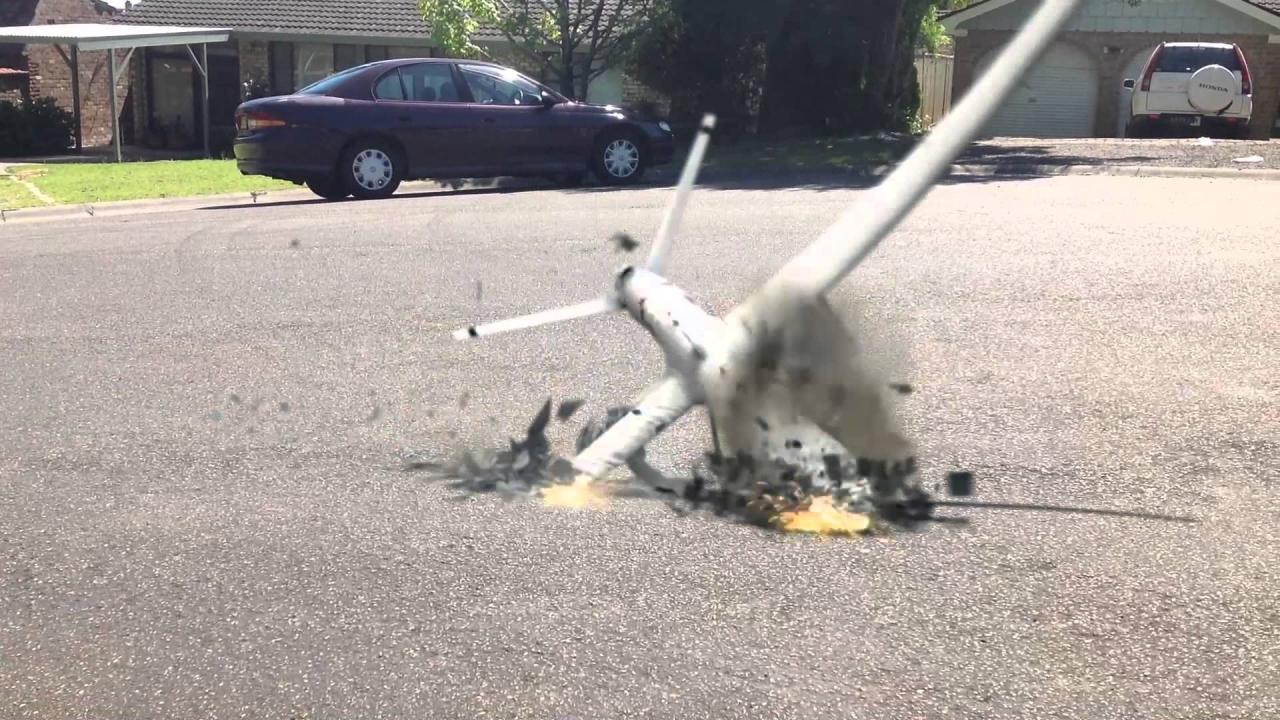Drone crash Paris: The recent surge in drone incidents over the City of Lights has sparked concern and raised questions about safety regulations, technological advancements, and public perception. This exploration delves into the causes, consequences, and preventative measures surrounding these crashes, examining everything from pilot error to technological malfunctions and their impact on Parisian life. We’ll investigate the types of drones involved, the locations of the crashes, and the evolving regulatory landscape surrounding drone use in Paris.
That drone crash in Paris got everyone talking about safety protocols, right? Improving drone tech is key, and that’s where places like the reality ai lab come in; they’re working on AI solutions for safer, more reliable drone operation. Hopefully, advancements from labs like this will prevent future incidents like the Paris drone crash.
We’ll analyze the data surrounding these incidents, looking at timelines, locations, and the types of drones involved. We’ll also explore the human and technical factors contributing to these crashes, comparing Paris’s experiences to other major cities. Finally, we’ll discuss the impact of these crashes – from immediate consequences like property damage to the long-term effects on public opinion and drone regulations.
Recent Drone Incidents and Their Impact in Paris
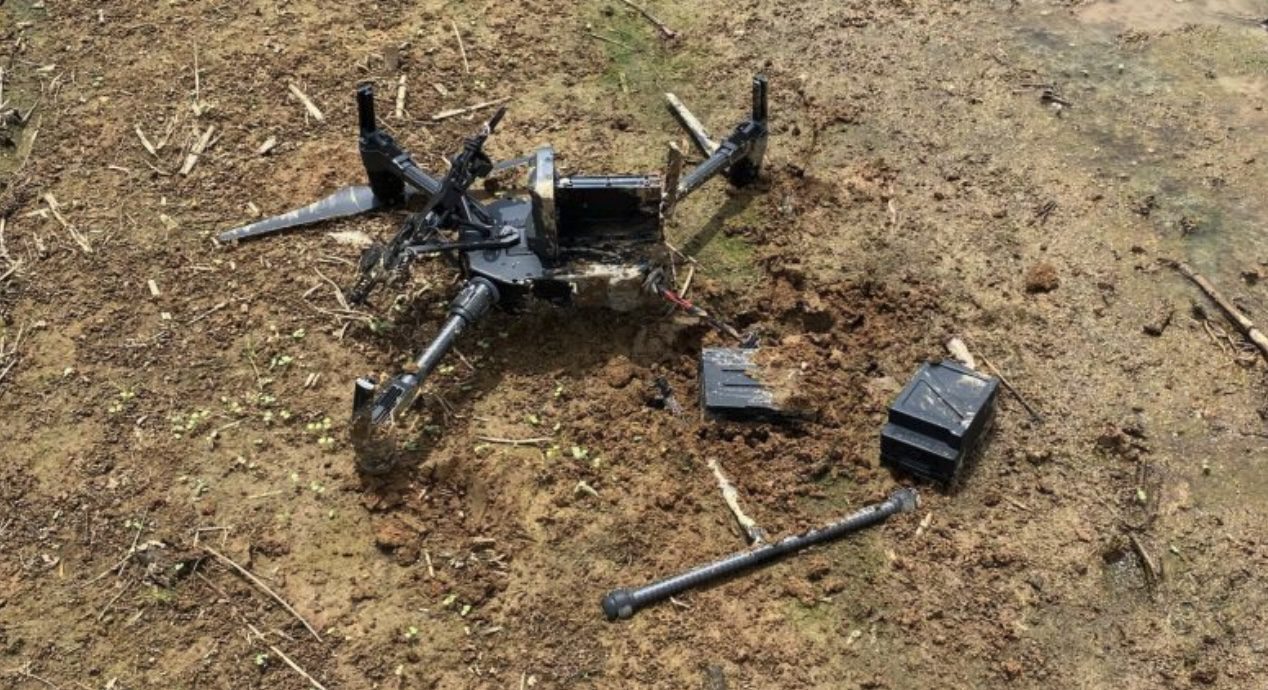
Paris, a city renowned for its iconic landmarks and bustling atmosphere, has also experienced its share of drone-related incidents. These incidents, ranging from minor malfunctions to more significant crashes, highlight the challenges and risks associated with integrating unmanned aerial vehicles (UAVs) into urban environments. This article explores recent drone crashes in Paris, examining their causes, impacts, and the measures taken to improve safety.
Recent Drone Incidents in Paris
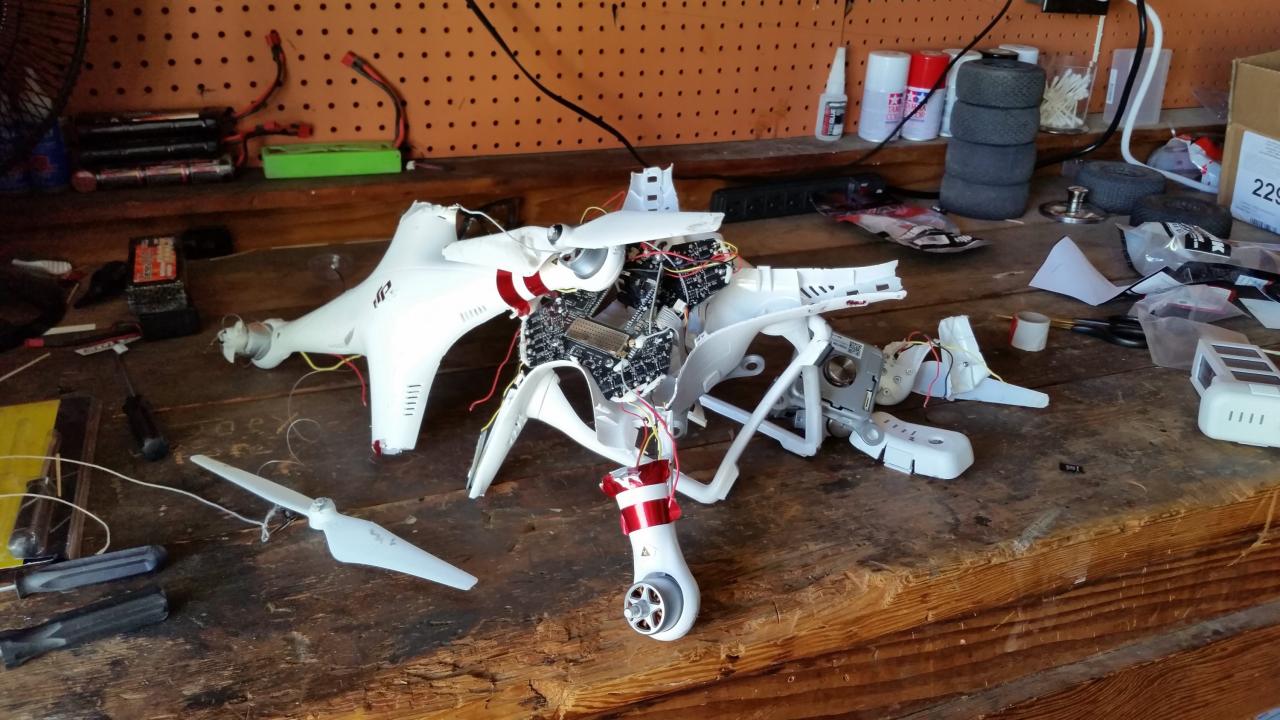
Several drone incidents have occurred in Paris in recent years. While precise, publicly available data on every single incident is limited due to privacy concerns and varying reporting standards, a pattern of incidents involving both recreational and potentially commercial drones emerges. These incidents often involve collisions with buildings, power lines, or even other aircraft, highlighting the need for robust safety regulations.
For example, in 2022, a drone reportedly crashed near the Eiffel Tower, causing minor property damage. Another incident involved a drone malfunctioning during a film shoot near the Louvre Museum, resulting in a temporary disruption. The types of drones involved vary, from small consumer models to larger, more sophisticated UAVs. The locations of these crashes are scattered across the city, indicating that the problem isn’t confined to specific areas.
Causes of Drone Crashes in Paris
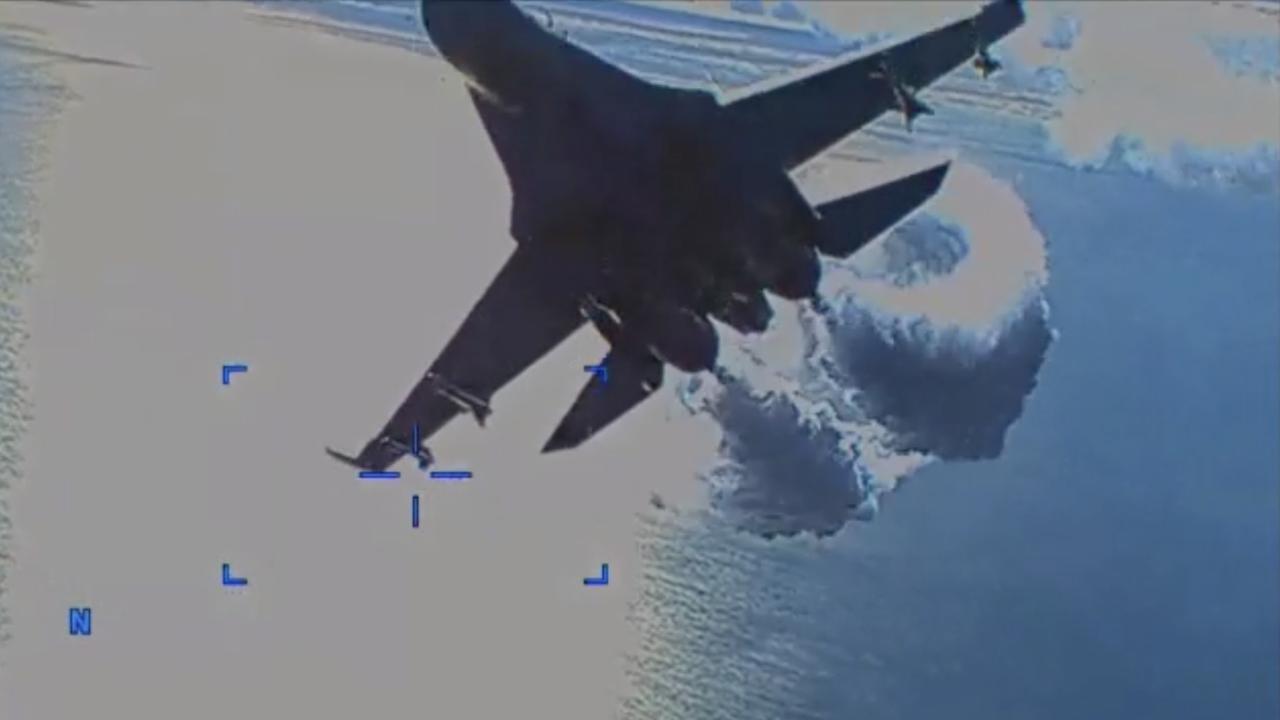
Drone crashes in Paris, like those in other major cities, stem from a combination of factors. These can be broadly categorized as mechanical, human, and environmental.
That drone crash in Paris was a real mess, right? Investigating incidents like that often involves analyzing flight recorder data, and believe it or not, understanding the drone’s processing power is key. You might be surprised to learn that checking the CPU specs using a tool like cpu z can help determine if a processing glitch contributed to the crash.
So, back to the Paris incident, analyzing the CPU’s performance could be crucial for figuring out exactly what went wrong.
Mechanical failures, such as motor malfunctions, GPS errors, or battery issues, can lead to unexpected loss of control. Human error, encompassing pilot inexperience, negligence in pre-flight checks, or disregard for regulations, plays a significant role. Environmental factors like strong winds, rain, or interference from other electronic devices can also contribute to accidents. Compared to other major cities, Paris’s dense urban environment and presence of numerous historical structures and infrastructure present unique challenges for drone operation, potentially increasing the likelihood of incidents.
Impact of Drone Crashes in Paris
The immediate consequences of drone crashes in Paris can range from minor property damage to potential injuries, depending on the size of the drone, its speed, and the location of the crash. Long-term effects include increased public concern about drone safety and a push for stricter regulations. A hypothetical worst-case scenario might involve a larger drone crashing into a crowded public area, resulting in significant injuries and widespread disruption.
| Impact Category | Economic Impact | Social Impact | Example |
|---|---|---|---|
| Property Damage | Repair costs, potential business losses | Disruption to daily life, public inconvenience | Drone crash damaging a building facade |
| Injuries | Medical expenses, lost wages | Fear, anxiety, loss of trust in drone technology | Drone striking a pedestrian |
| Regulatory Changes | Costs associated with implementing new regulations | Increased public awareness and debate on drone safety | New licensing requirements for drone operators |
| Tourism Impact | Potential decline in tourism due to safety concerns | Negative perception of the city’s safety | Reduced tourist visits to affected areas |
Safety Regulations and Prevention Measures
France, and consequently Paris, has existing drone regulations that cover areas such as registration, pilot licensing, and flight restrictions in certain zones. However, ongoing efforts focus on strengthening these regulations and implementing new safety measures. This includes enhancing airspace management systems, improving drone detection technologies, and increasing public awareness campaigns to educate drone operators about safe flying practices.
That recent drone crash in Paris really highlights the need for responsible drone operation. To avoid similar incidents, consider getting properly certified; check out the requirements for a drone pilot license canada if you’re flying there. Proper training helps prevent accidents and keeps everyone safe, minimizing the risk of another Paris-style drone incident.
- Mandatory drone registration.
- Pilot licensing and training requirements.
- Geofencing to restrict flights near sensitive areas.
- Regular drone maintenance and pre-flight checks.
- Adherence to weather conditions and airspace restrictions.
Technological Advancements and Drone Safety
Technological advancements play a crucial role in preventing drone crashes. GPS systems, obstacle avoidance sensors, and automatic return-to-home features significantly enhance safety. Improved battery technology increases flight time and reduces the risk of mid-flight power failures. Fail-safe mechanisms, such as redundant systems and emergency landing procedures, are designed to minimize the impact of malfunctions.
A visual representation of a fail-safe mechanism might show a drone equipped with multiple sensors and processors. If one system fails, the others take over, ensuring continued operation or a safe landing. This could include a visual depiction of a redundant flight controller, a backup battery system, and multiple GPS receivers.
Public Perception and Media Coverage, Drone crash paris
Public perception of drones in Paris is a mix of excitement about technological advancements and concern about safety risks. Media coverage reflects this duality, with some stories focusing on the potential benefits of drones (e.g., in delivery services, aerial photography) while others highlight the dangers of irresponsible operation. Public sentiment is largely shaped by the nature and frequency of drone incidents.
- Positive: Increased efficiency in various sectors, technological innovation.
- Negative: Safety concerns, potential for misuse, privacy violations.
- Neutral: Awaiting further developments and regulatory improvements.
Epilogue
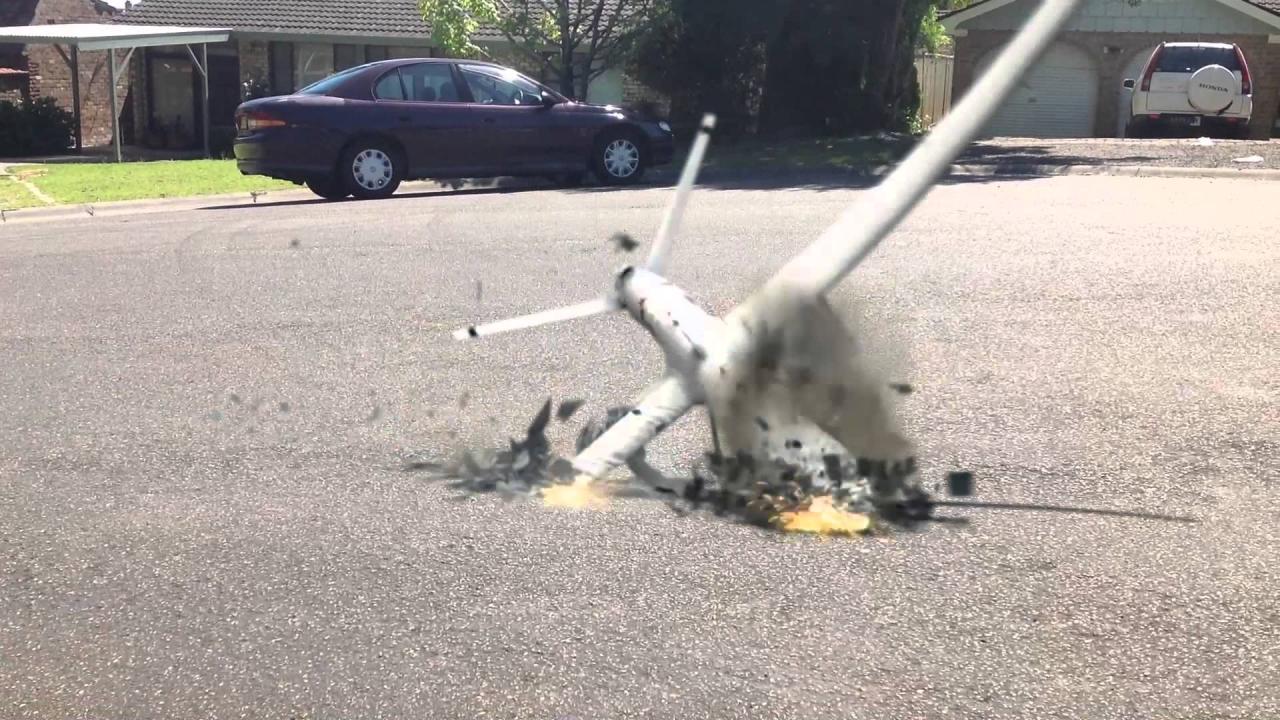
Ultimately, understanding the causes and consequences of drone crashes in Paris is crucial for developing effective safety regulations and preventative measures. By analyzing past incidents, investing in technological advancements, and fostering a responsible approach to drone operation, we can strive towards a safer airspace above Paris, ensuring that the benefits of drone technology can be enjoyed without compromising public safety.
The ongoing dialogue between regulators, drone operators, and the public will be key in navigating this evolving landscape.
Key Questions Answered: Drone Crash Paris
What are the most common types of drones involved in Paris crashes?
While specifics vary by incident, many crashes involve consumer-grade drones, often those modified for longer flight times or carrying heavier payloads.
How are drone crashes investigated in Paris?
Investigations typically involve the French aviation authorities and potentially local police, depending on the severity and location of the incident. They examine drone wreckage, flight data (if available), and witness accounts.
Are there specific no-fly zones for drones in Paris?
Yes, Paris, like many major cities, has designated no-fly zones around sensitive areas like airports, government buildings, and major landmarks. These are often enforced through GPS restrictions on drone software and by law enforcement.
What penalties can drone operators face for violating regulations?
Penalties can range from fines to more serious legal consequences, depending on the severity of the violation and any damage or injuries caused. This information is best confirmed with the latest French regulations.
